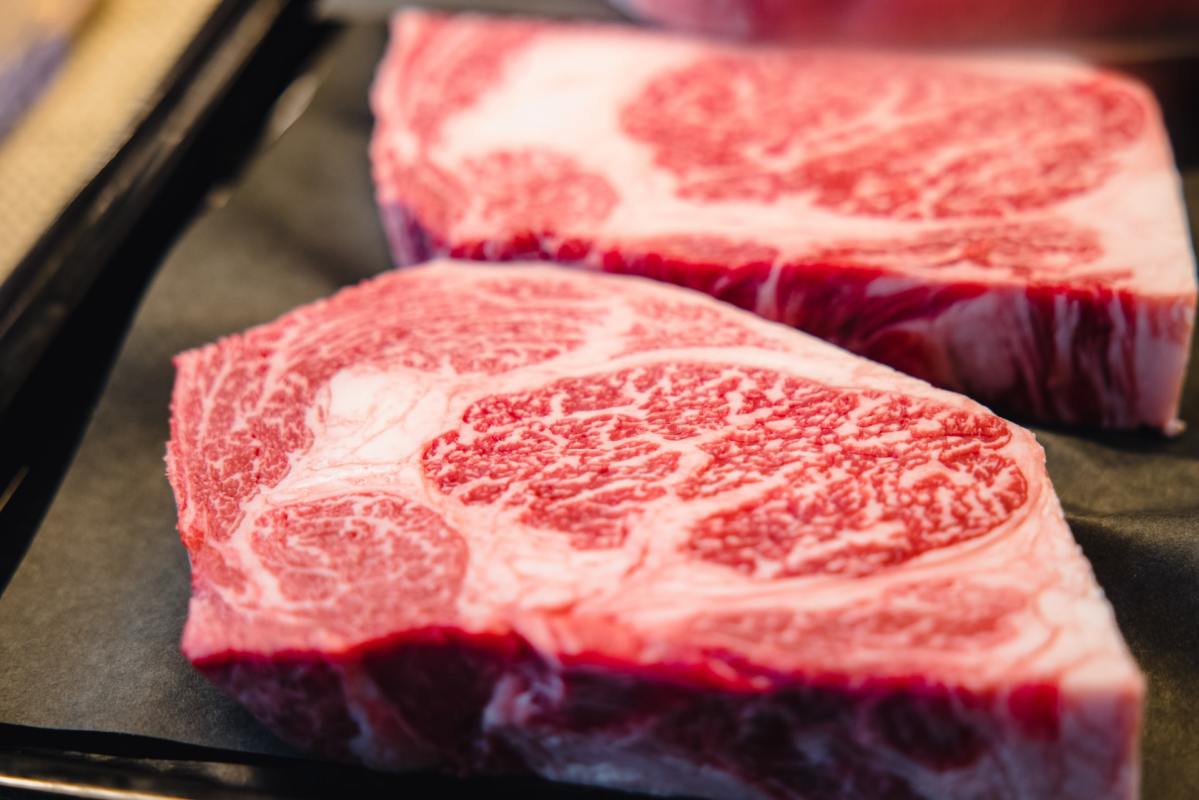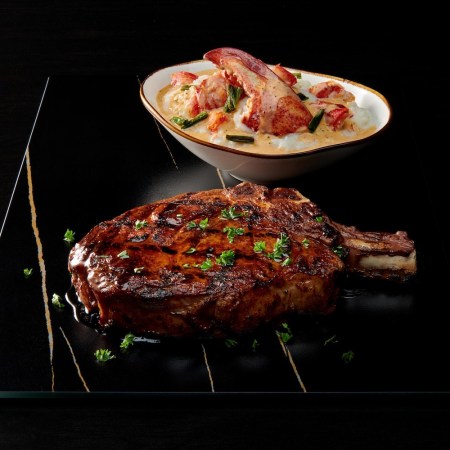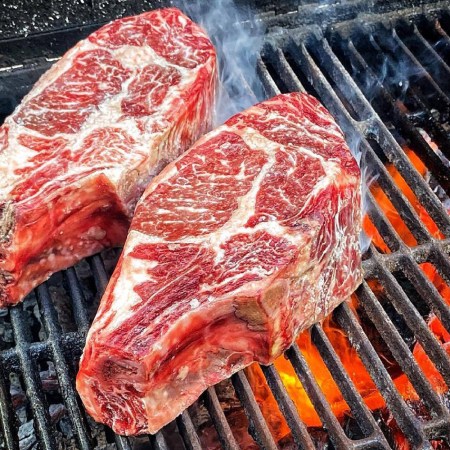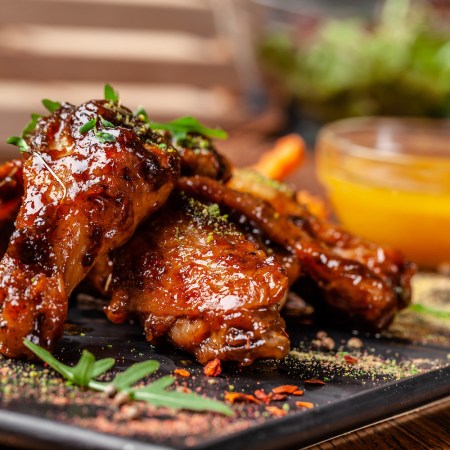For many people, summertime means opening up a grill and using it to cook many a delicious meal.
Often, that means steak is on the menu. And there’s a good reason behind that — a good steak cooked correctly is at or near the very top of the list of things that you can put on your grill. But the reverse is also true: if your grilling skills aren’t up to par, you might end up turning an excellent piece of meat into a lackluster meal.
So is there anything that can help home cooks achieve a better technique?
As it turns out, science can do just that. And not just any kind of science — meat science.
Writing at Smithsonian Magazine, Bob Holmes explored some of meat scientists’ most useful tips for cooking a great steak. The article’s recommendations include:
- Understanding the three variables that influence a steak’s flavor: thickness, temperature and time
- Cooking thinner steaks on higher heat and using lower heat for thicker steaks
- Turning steaks over “about a third of the way through the expected cook time, not halfway”
- And searing meat on the grill before finishing in a moderate-heat oven, like most restaurants do
Holmes notes that the process of grilling a steak (or, in some cases, grilling a steak and then finishing it in an oven) is somewhat subjective, and can depend on multiple factors. At the heart of the research described in the article is the Maillard reaction, which creates the meat’s best-known flavors. It’s a fascinating read, and it might just help you cook a steak that’s more to your satisfaction the next time you’re grilling.
Join America's Fastest Growing Spirits Newsletter THE SPILL. Unlock all the reviews, recipes and revelry — and get 15% off award-winning La Tierra de Acre Mezcal.


















